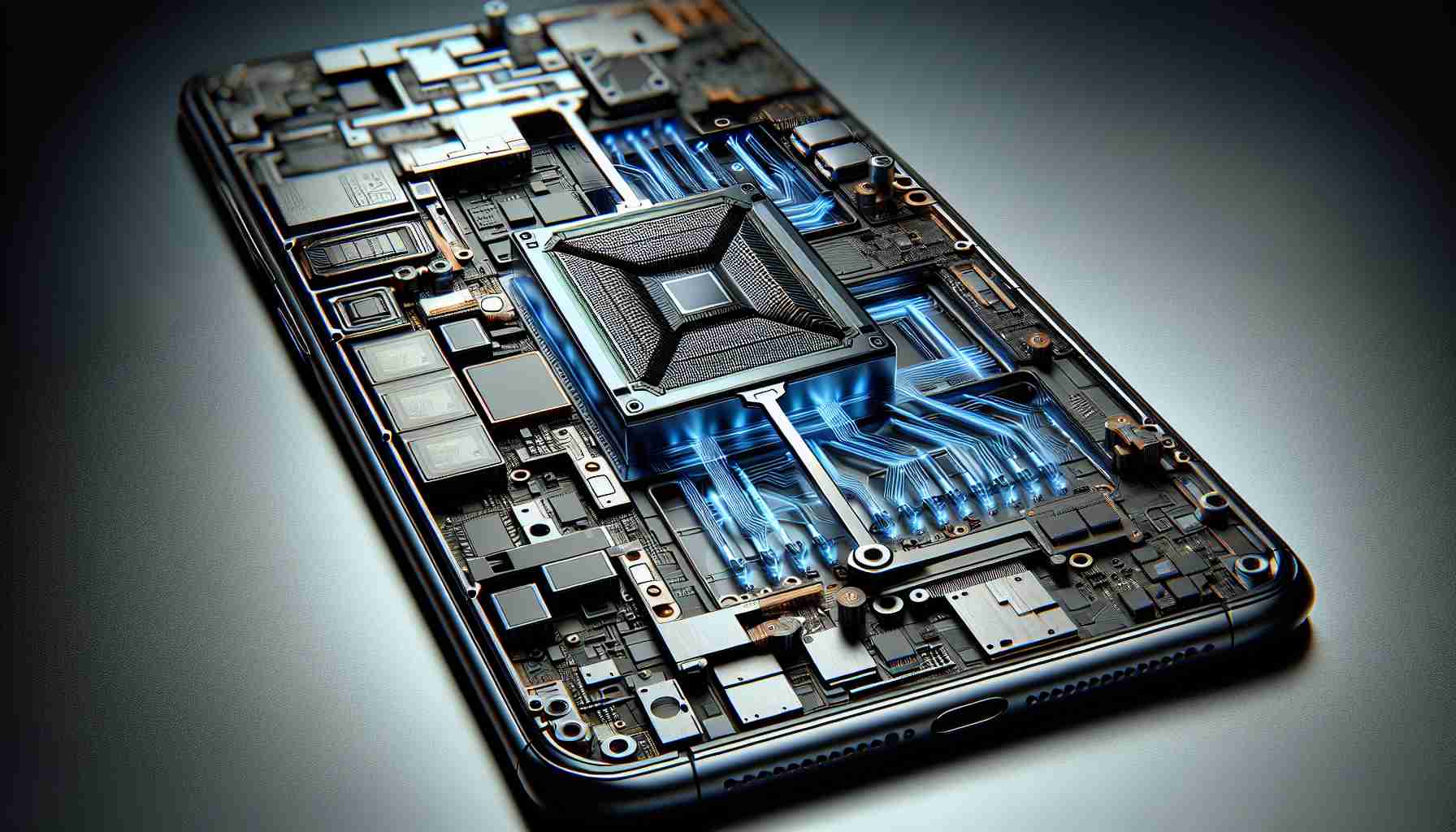Smartphones face challenges in maintaining optimal battery performance during hot summer temperatures. However, a cutting-edge feature introduced for Android devices aims to combat these issues.
Whether due to excessive background processes or prolonged exposure to sunlight, various factors can lead to smartphone overheating. Enter the innovative “Dynamic Cooling” technology, designed to prevent overheating of smartphones. This feature continuously monitors the device’s battery temperature. If the temperature reaches a concerning 49 degrees Celsius, the user receives a warning about potential overheating and is provided with tips to cool down the device. If the temperature climbs to 52 degrees Celsius, more aggressive cooling measures are activated. At 55 degrees Celsius, the device displays a final warning and automatically shuts down after 30 seconds to prevent damage.
The Purpose behind Dynamic Cooling
“Dynamic Cooling” aims to minimize overheating issues and associated negative impacts on battery health and device performance. A cooler smartphone typically offers smoother and more stable operation. By safeguarding against overheating, the technology also seeks to extend the longevity of the smartphone.
This new feature has already made its debut on Google Pixel devices and other Android smartphones. While the warning system alerts users to potential issues, it currently focuses on highlighting causes rather than solutions. Enhancements in this area could particularly benefit less tech-savvy users.
In addition to “Dynamic Cooling,” recent Pixel features like “Lookup,” which enables the identification of anonymous callers, demonstrate Google’s ongoing commitment to enhancing user experience. Stay tuned for more exciting developments in smartphone technology.
Enhancing Smartphone Performance Through New Cooling Technologies
Smartphone technology continues to evolve rapidly, with a focus on improving performance and user experience. While the innovative “Dynamic Cooling” technology addresses overheating concerns, there are additional advancements shaping the future of smartphone innovation.
New Cooling Technology Enhancements
Apart from monitoring battery temperature, new cooling technologies are being developed to actively dissipate heat. These advancements aim to not only prevent overheating but also enhance overall device performance by maintaining optimal temperatures even under heavy usage conditions.
Do Cooling Solutions Impact Battery Life?
One common question regarding cooling technologies is whether they have any adverse effects on battery life. While efficient cooling can prevent heat-related damage to the battery, some cooling mechanisms may consume additional power, potentially affecting overall battery longevity in the long run.
Challenges in Implementing Cooling Solutions
One key challenge in implementing advanced cooling technologies is maintaining a delicate balance between performance optimization and energy efficiency. Manufacturers must constantly innovate to ensure that cooling systems are effective without compromising other aspects of smartphone functionality or design.
Advantages and Disadvantages of Enhanced Cooling
The primary advantage of incorporating advanced cooling technologies is the improved stability and longevity of smartphones, particularly under heavy workloads or in high-temperature environments. However, potential disadvantages include increased complexity in device design and the possibility of higher manufacturing costs, which could impact the final retail price for consumers.
As smartphone innovation continues to push boundaries, it is essential to consider the trade-offs associated with implementing new technologies aimed at enhancing performance and user experience.
For more information on the latest developments in smartphone technology, visit TechRadar. Stay updated on cutting-edge features and advancements that shape the future of mobile devices.
